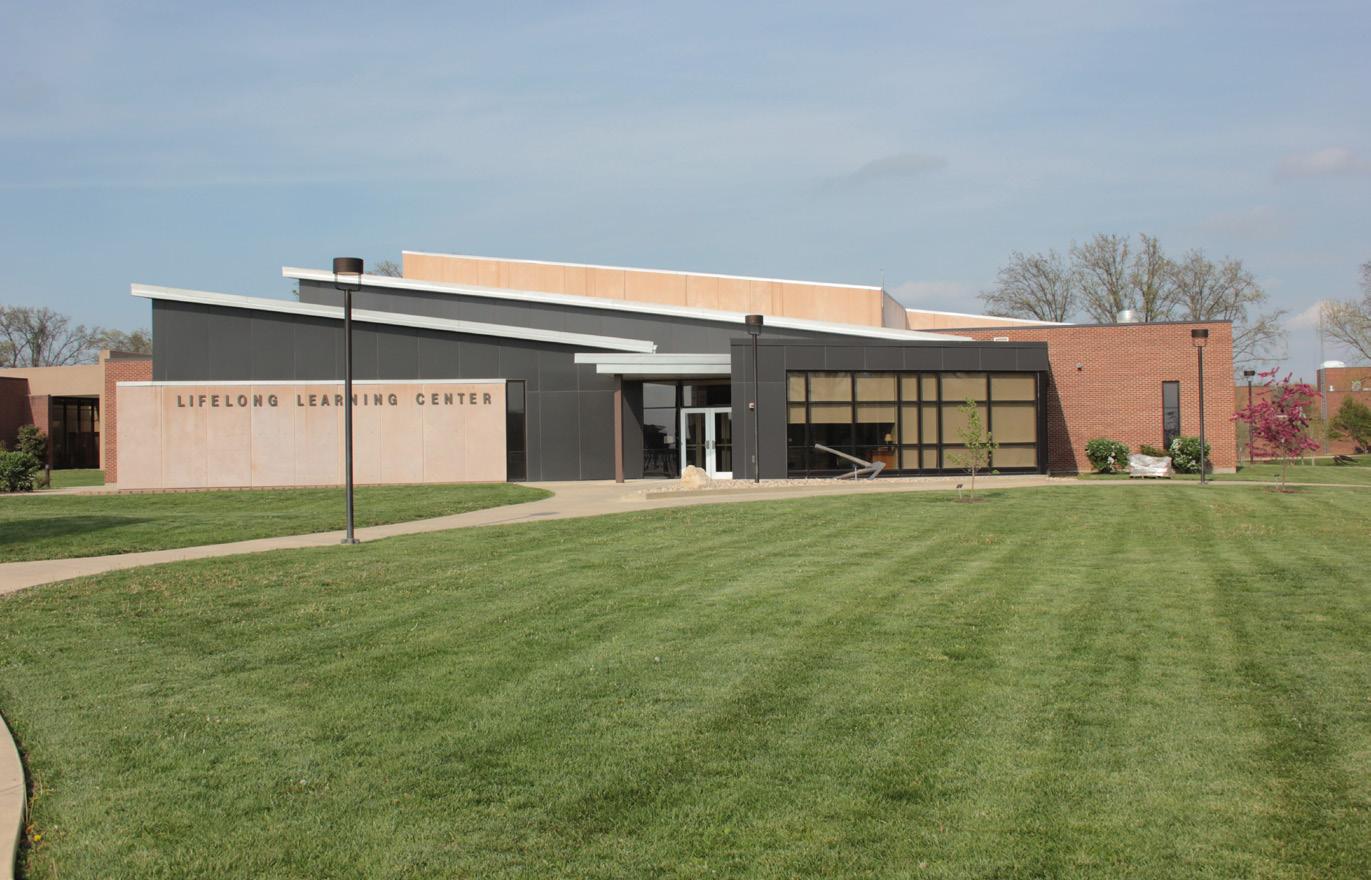Introduction Kaskaskia College (KC), established in 1940, services over 5,500 credit and 2,236 non-credit students. The college is led by President George Evans. The college’s service region, for the purpose of this report, is referred to as District 501 and consists of Bond, Clinton, Fayette, Marion, and Washington Counties. While KC affects the district in a variety of ways, many of them difficult to quantify, this study is concerned with the economic benefits. The college naturally helps students achieve their individual potential and develop the knowledge, skills, and abilities they need for fulfilling and prosperous careers. However, KC impacts District 501 beyond influencing the lives of students. The college’s programs supply employers with workers to make their businesses more productive. The college, its day-to-day operations, and the expenditures of its students support the district’s economy through the output and employment generated by district vendors. The benefits created by the college extend as far as the state treasury in terms of the increased tax receipts and decreased public sector costs generated by students across the state. This report assesses the impact of KC as a whole on the district’s economy and the benefits generated by the college for students, taxpayers, and society. The approach is twofold. We begin with an economic impact
KC impacts District 501 beyond influencing the lives of students.
analysis of the college on the District 501 economy. To derive results, we rely on a specialized Multi-Regional Social Accounting Matrix (MR-SAM) model to calculate the added income created in the District 501 economy as a result of increased consumer spending and the added knowledge, skills, and abilities of students. Results of the economic impact analysis are broken out according to the following impacts: 1) impact of the college’s day-to-day operations, 2) impact of student spending, and 3) impact of alumni who are still employed in the District 501 workforce. The second component of the study measures the benefits generated by KC for the following stakeholder groups: students, taxpayers, and society. For students, we perform an investment analysis to determine how the money spent by students on their education performs as an investment over time. The students’ investment in this case consists of their out-of-pocket expenses and the opportunity cost of attending the college as opposed to working. In return for these investments, students receive a lifetime of higher earnings. For taxpayers, the study measures the benefits to state taxpayers in the form of increased tax revenues and public sector savings stemming from a reduced demand for social
Executive Summary
8






